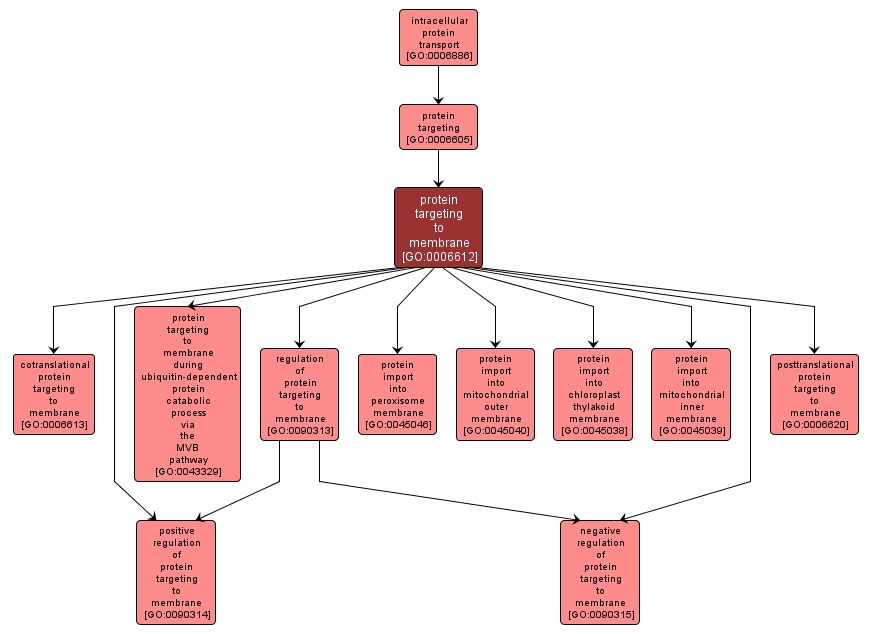GO TERM SUMMARY
|
| Name: |
protein targeting to membrane |
| Acc: |
GO:0006612 |
| Aspect: |
Biological Process |
| Desc: |
The process of directing proteins towards a membrane, usually using signals contained within the protein. |
Synonyms:
- protein membrane targeting
- protein-membrane targeting
|
|

|
INTERACTIVE GO GRAPH
|














